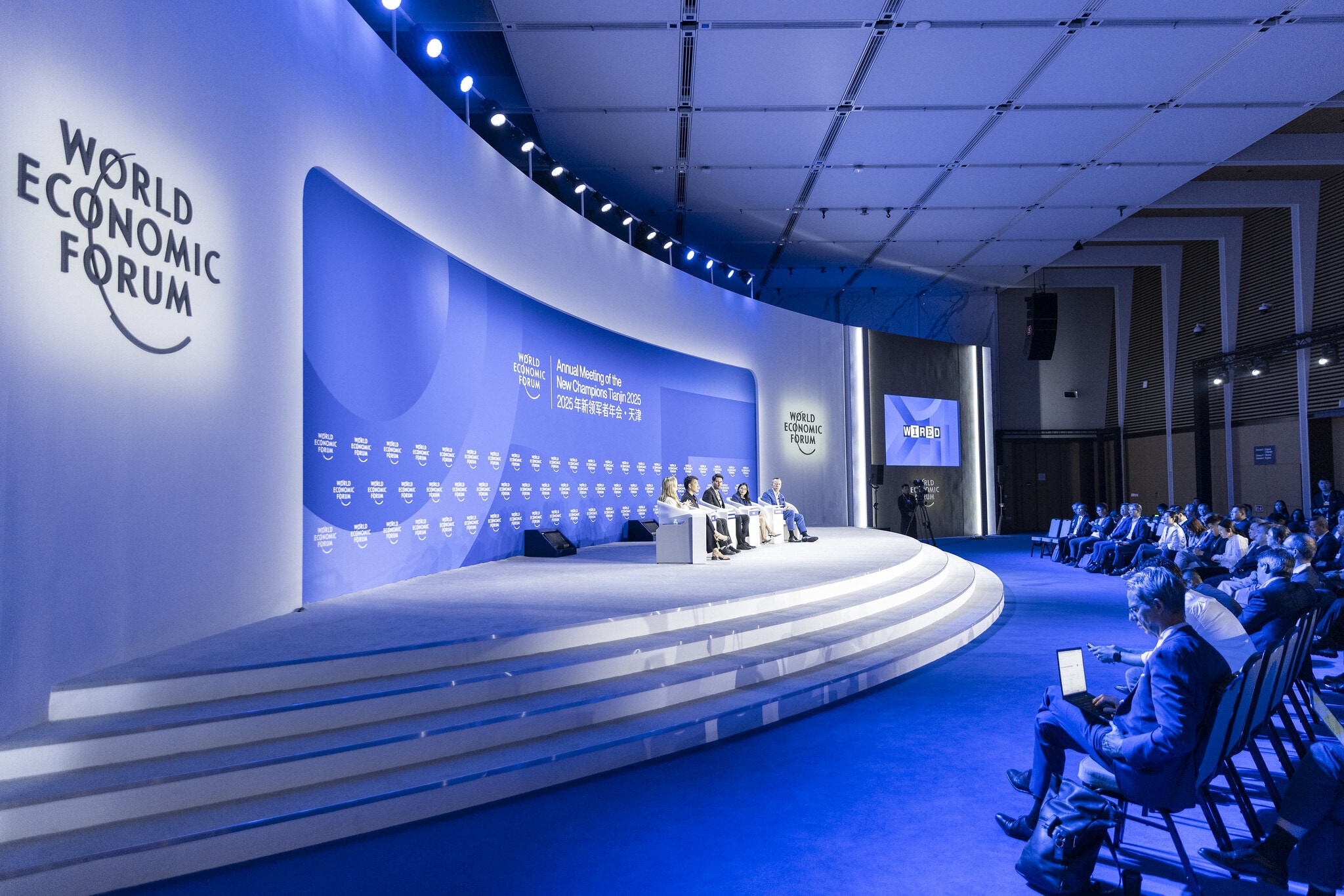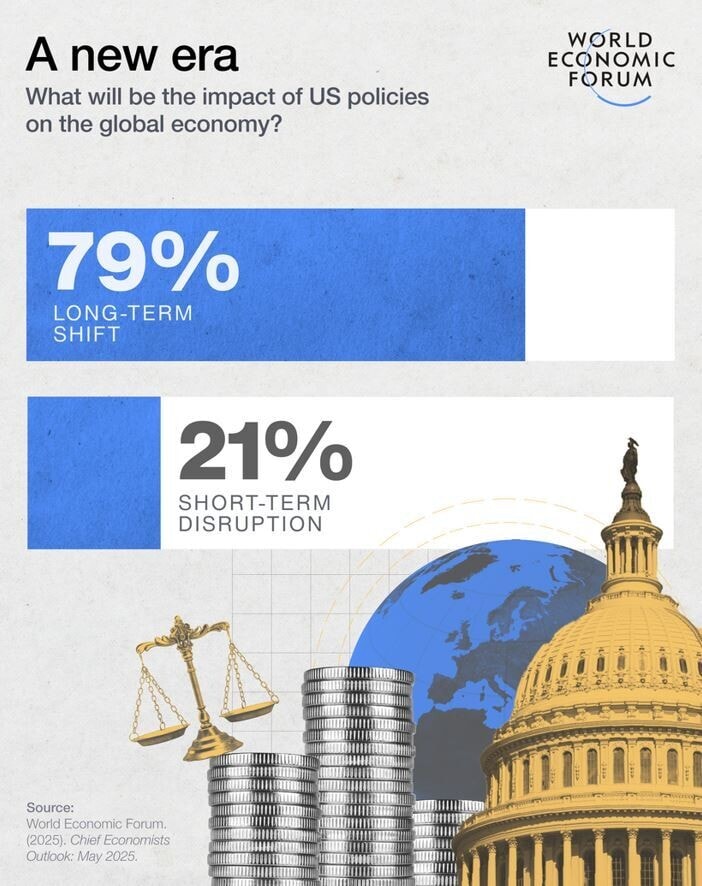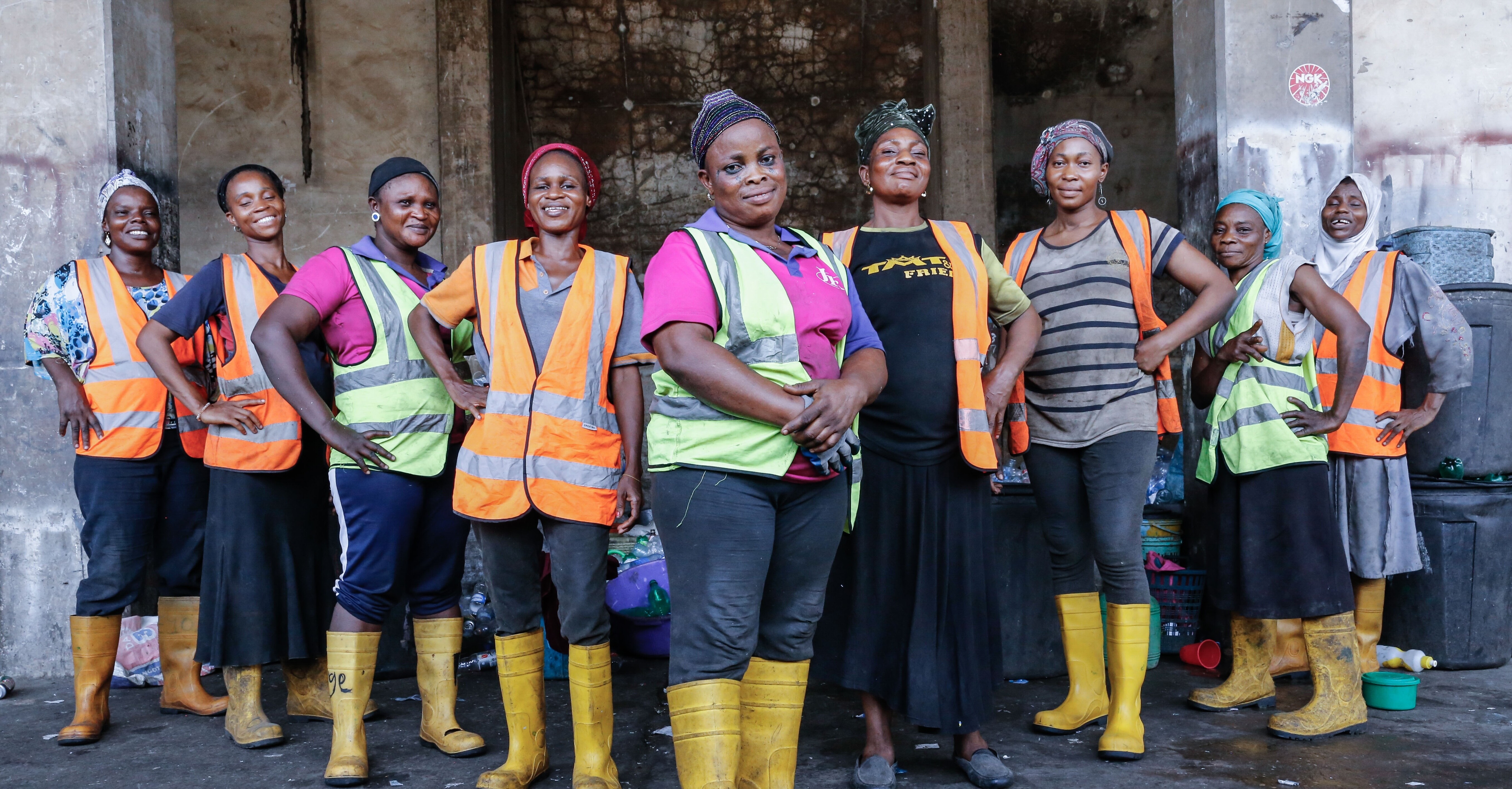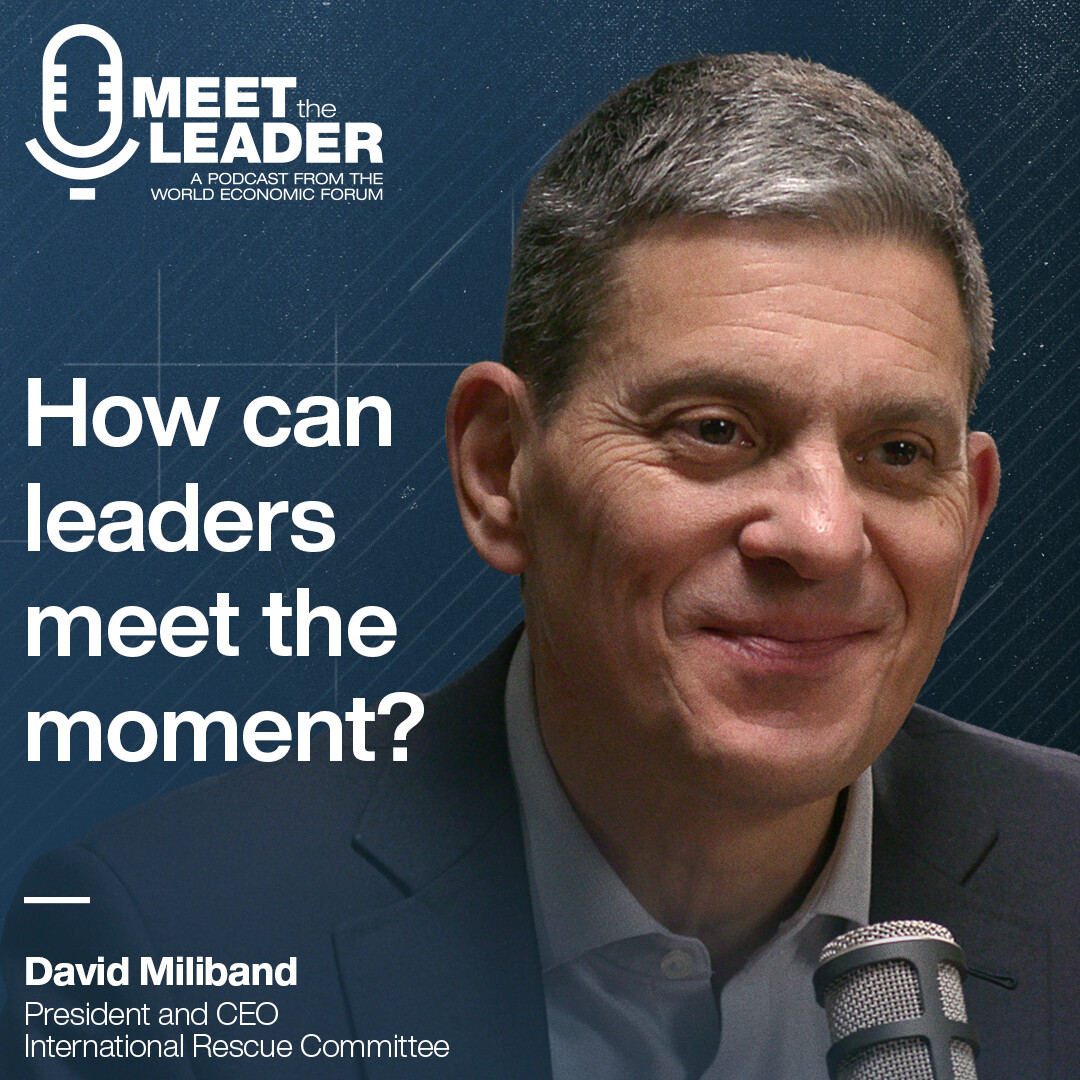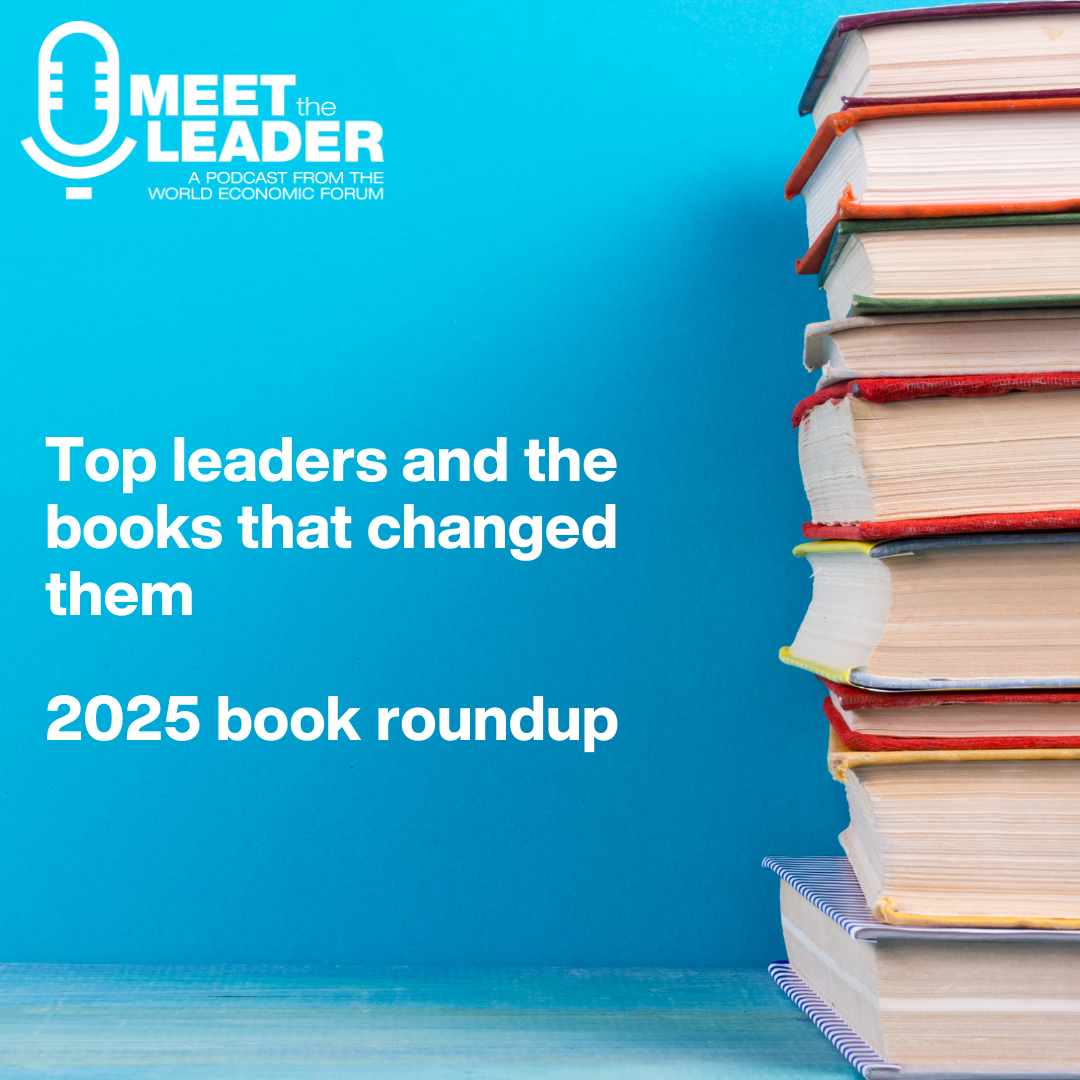Mid-year check-in: What are leaders focusing on now as we hit 2025's half-way point?
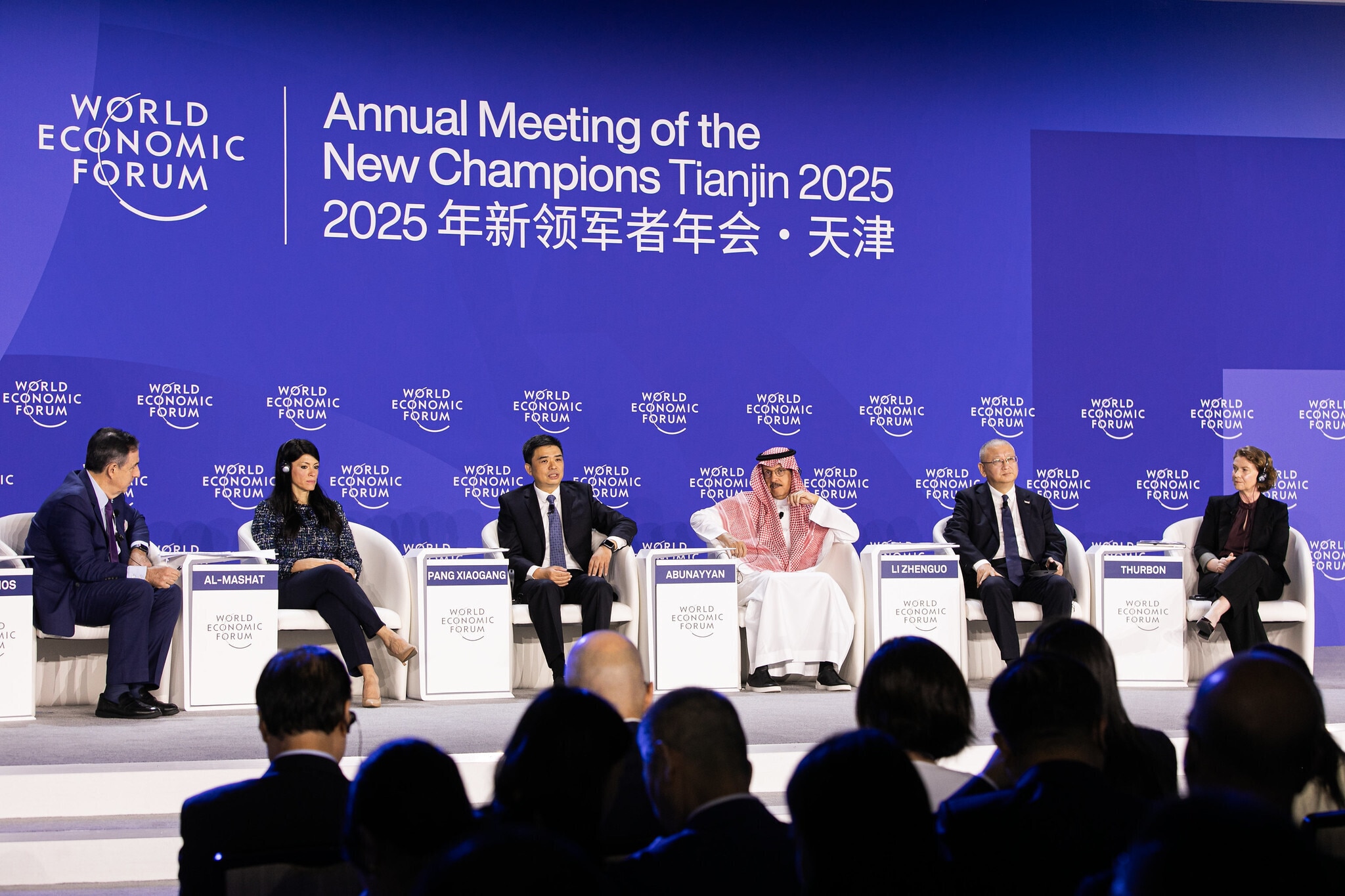
1,700 leaders attended the Annual Meeting of the New Champions in Tianjin at the end of June. Image: World Economic Forum / Jakob Polacsek
- Six months after Davos, leaders gathered in China for 'Summer Davos' – an opportunity to reflect on the priorities in the coming months.
- AI has the potential to boost productivity, but its benefits must be shared equally.
- Amid economic uncertainty, countries in Asia are pursuing new drivers of growth – including the energy transition.
It's been six months since the World Economic Forum gathered leaders in Davos to discuss the globe's biggest challenges in the year ahead – and how to approach them.
Since then, we've seen DeepSeek take the world by storm and watched as tariffs have been raised and lowered by the US, all while tensions in the Middle East have escalated.
So moving into the second half of the year, how have the priorities changed for political and business leaders – and what are they focusing on now?
The Forum's 'Summer Davos' – the Annual Meeting of the New Champions (AMNC) in Tianjin at the end of June – gave the 1,700 leaders who attended an opportunity to review the past six months, and look ahead.
Hear from the World Economic Forum's leaders, who reflected on those discussions and spoke to Radio Davos about their priorities for the rest of the year, where global collaboration is needed more than ever.
And here are some of the key priorities emerging from the sessions across the week on the energy transition, AI and the economy.
1. Making AI more inclusive
'Agentic AI' and 'algorithm management' are now embedded concepts – but so is the disruption that AI poses to jobs, as captured in the Forum's Future of Jobs Report in January. Recent headlines have highlighted the impact of AI on entry-level roles.
John Lombard, CEO of NTT DATA Asia Pacific, called for responsible scaling: “This technology holds huge promise – but we need to pair it with the right governance, ethics and workforce inclusion to get it right.”
Singapore is prioritizing broad-based AI adoption to benefit every citizen and company, Prime Minister Lawrence Wong told the AMNC, rather than focusing solely on breakthrough technologies.
“Our focus is not just on what happens at the leading edge. There’s a lot of media attention on where the breakthroughs are, which companies will become the next unicorns and when AGI (artificial general intelligence) will materialize.
“All these are important conversations, no doubt for Singapore, but we would like to harness AI in a different way, which is to make sure that the benefits are broad-based.”
And that means closing the AI gender gap. Women are less likely to progress to the C-suite than men in AI roles, finds the Forum's Global Gender Gap Report 2025.
They are also more likely to have jobs that are being disrupted by automation and GenAI, such as administrative assistants, and the jobs they have are less likely to be augmented by AI than those held by men.
Upskilling, education and encouraging women to actually apply for STEM jobs are going to be key in the future, according to Meirav Oren, Executive Chairwoman and Co-Founder, Versatile: "There are a lot of qualified candidates out there, they're just not applying for the right roles."
“Companies should be more proactive in providing training to women and helping women adapt better to AI and AI-related industries,” said Yang Jingjing, Chairman of the Board at Shanghai Generative Artificial Intelligence Ecosystem Development.
For more insights, watch the video below:
Catch up on these key sessions on AI: The Time of AI+; Building an Agentic Economy; Women in AI
2. Finding new drivers of growth
July 9 marks the end of a 90-day pause on 'reciprocal' tariffs imposed by the US, meaning trading partners have been pushing for deals to avoid steeper levies.
Regardless of the outcomes, the message is clear: geopolitics is impacting the global economy, with the majority of chief economists surveyed for the Forum's Chief Economists Outlook in May saying US policies would cause a long-term shift. Many also anticipate increased economic uncertainty, delayed business decisions and heightened recession risks as a result.
So, as economic uncertainty persists, what are the new drivers of growth, and what are leaders thinking about?
Hassan Elkhatib, Egypt's Minister of Investment and Foreign Trade, urged countries to reach balanced trade agreements not through tariffs, but rather through investments and partnerships.
While the Prime Minister of Senegal, Ousmane Sonko, called for investment and partnership for Africa: “Africa is the only continent where everything still needs to be built. It holds immense potential – industrial, digital, demographic. Now is the time to focus on Africa.”
Leaders need to focus on labour markets and immigration rather than tariffs as a predictor for what's to come, warned Robert Koopman, from the American University.
Immigration policies can "upend production outputs, the amount of money circulating in the economy and the number of people generating expenditure", he said.
All eyes are on Asia as a rising economic powerhouse. According to the International Monetary Fund, the region now drives more than 60% of global growth and is home to some of the world’s largest and most innovative companies.
Viet Nam’s Prime Minister Pham Minh Chinh shared his country’s growth model: a shift from a centrally planned system to a “multi-sector” and “globally integrated” economy.
China's phenomenal economic transformation has lifted 800 million people out of poverty in the past 40 years. But where does the country go from here? Its strategy is to boost domestic demand for high-quality development, said Premier Li Qiang.
“In China today, high-speed railways traverse numerous mountains and rivers. Electric vehicles are serving millions of households and artificial intelligence is empowering thousands of industries. China’s innovation is open and open source.”
Catch up on these key sessions on the economy: Chief Economists Briefing; Reading the US economy; Trade: Trends and Endgames
3. Balancing energy security with equity
One driver of growth is the energy transition, said Paul Gruenwald, Global Chief Economist at S&P Global. “We spent a century building fossil fuel infrastructure - now, as we invest in solar, wind, storage and transmission, we’re raising the capital stock of countries and boosting GDP.”
The Forum’s new Fostering Effective Energy Transition 2025 finds progress towards accelerating the energy transition, but it needs to be viewed as a strategic national advantage.
"What we need to do, especially in the West, is to recast how we think about the purpose of the energy transition," said Elizabeth Thurbon, Professor of International Political Economy at the University of New South Wales.
"It's not just about addressing climate change. It's about promoting this really comprehensive security-enhancing agenda. It's about energy security. It's about economic security. It's about social security. And it's about geostrategic security as well.
"China ... understands that the energy transition is a massive national-security multiplier.”
China has scaled up renewables, grid integration and domestic technology innovation to strengthen both energy security and economic competitiveness.
Majid Al Suwaidi, CEO of ALTERRA, said there’s no one-size-fits-all solution: “Every region needs a tailored mix - the right policies, market maturity and suitable technologies.” He drew an analogy with mobile phone adoption in the Global South: “If we could enable cell phones in rural areas, we can do it for clean energy. We just need the same enabling conditions.”
Africa has enormous potential, but there is a persistent funding gap, warned Erika Kraemer Mbula, Professor of Economics at the University of Johannesburg.
“Sub-Saharan Africa has enormous renewable energy potential. But 90% of capital investment still goes to China and advanced economies, while 80% of the demand growth is happening in emerging economies, including Africa.”
Catch up on these key sessions on the energy transition: Checking in on the Energy Transition; Elements of Change: Energy and Materials.
Related topics:
Forum Stories newsletter
Bringing you weekly curated insights and analysis on the global issues that matter.
More on LeadershipSee all
Rianne Buter and Gillian Hinde
December 9, 2025
